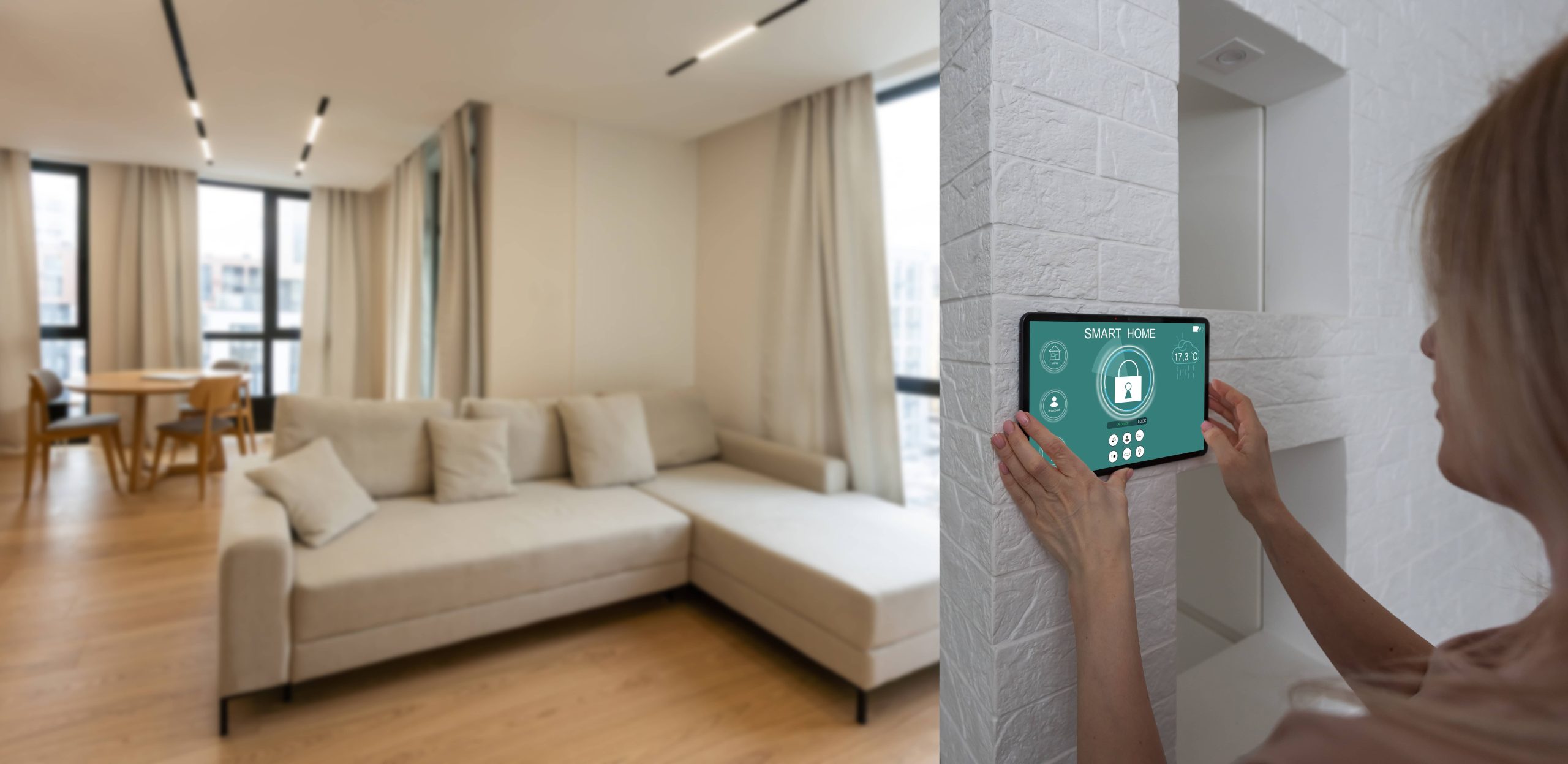
When we think of smart homes, the first thing that often comes to mind is a plethora of devices seamlessly connected through Wi-Fi, creating an ecosystem that enhances comfort, security, and convenience. Wi-Fi has indeed played a pivotal role in the evolution of smart homes, but what if you found yourself in a situation where Wi-Fi is either unavailable, unreliable, or simply undesirable? Is it still possible to build an efficient and fully-functioning smart home without relying on Wi-Fi? The answer is yes, and this blog post aims to explore the fascinating world of Wi-Fi-free smart home automation.
The Wireless Revolution Beyond Wi-Fi
Wi-Fi may be the most popular medium for smart home connectivity, but it is far from the only option. The landscape of wireless communication offers a range of alternatives that can operate independently of Wi-Fi. Some of the prominent technologies include:
1. Zigbee
2. Z-Wave
3. Bluetooth
4. Thread
Each of these technologies comes with its own set of unique features and benefits, allowing for robust smart home integration without Wi-Fi.
Zigbee and Z-Wave: The Pillars of Wi-Fi-Free Smart Homes
Both Zigbee and Z-Wave are wireless communication technologies designed specifically for home automation. They work on low power and operate on mesh networks, which means that each device acts as a repeater, extending the range and reliability of the network.
Zigbee
Zigbee operates on the IEEE 802.15.4 standard and is known for its low power consumption and high scalability. It supports thousands of devices in a single network, making it perfect for even the most complex smart home setups. Some advantages of Zigbee include:
– Reliability: With its mesh network configuration, data can be routed through multiple paths.
– Interoperability: Supported by a wide range of devices from various manufacturers.
– Low Latency: Offers instant communication between devices.
Z-Wave
Z-Wave is another popular home automation protocol operating in the sub-GHz frequency range which often results in less interference compared to Zigbee. Its key features include:
– Simplicity: Easy installation and configuration.
– Range: With its frequency, Z-Wave boasts a more extended range than Zigbee.
– Compatibility: A large ecosystem of compatible devices due to its stringent certification process.
Both Zigbee and Z-Wave have carved a niche in the smart home market, offering reliability, security, and scalability.
Bluetooth: The Underestimated Contender
Bluetooth, primarily known for connecting mobile devices, has evolved significantly. Bluetooth Low Energy (BLE) offers an impressive balance of power efficiency and robust communication for smart home devices. Some smart home systems leverage Bluetooth in a surprisingly effective way, making it a viable alternative to Wi-Fi.
– Energy Efficiency: BLE ensures that battery-powered devices last longer.
– Direct Communication: Supports direct device-to-device communication without needing a central hub.
– Proximity-Based Automation: Perfect for applications where proximity sensing is essential.
Thread: The Future-Proof Solution
Thread is an innovative, IPv6-based wireless networking protocol aimed specifically at smart home applications. Developed by the Thread Group, which includes companies like Google and Apple, it promises to offer a low-latency, high-reliability, and secure alternative to Wi-Fi in smart homes.
– Interoperability: Designed to work seamlessly with existing smart home ecosystems.
– Mesh Networking: Ensures extensive coverage and reliability.
– Device Support: Increasing number of devices and platforms are starting to support Thread, future-proofing your smart home setup.
The Power of Wired Connections
While wireless communication forms the backbone of smart home automation, let’s not overlook the possibilities with wired connections. Powerline Communication (PLC) and Ethernet-based systems provide stable and secure alternatives to Wi-Fi.
Powerline Communication (PLC)
PLC technology utilizes existing electrical wiring to transmit data signals. This makes it possible to establish a smart home network without running additional cables.
– Stability: Less prone to interference compared to wireless networks.
– Coverage: Covers extensive areas leveraging existing infrastructure.
– Ease of Installation: Utilizes existing power lines, making installation straightforward.
Ethernet-Based Systems
For those seeking ultimate reliability and speed, wired Ethernet connections remain unmatched. Despite the seemingly antiquated image, Ethernet-based smart home systems can offer unparalleled performance.
– Reliability: Immune to wireless signal loss or interference.
– Speed: Offers the highest data transfer rates.
– Security: Physical wiring limits unauthorized access.
Hubs and Controllers: The Brain Without Wi-Fi
The key to managing a smart home without Wi-Fi lies in the hub or controller used. These devices serve as the central command center, coordinating various smart gadgets. The market offers several non-Wi-Fi dependent hubs, often compatible with Zigbee, Z-Wave, Bluetooth, and Thread.
Standalone Smart Hubs
Standalone hubs like the Aeotec Smart Home Hub or Hubitat Elevation offer comprehensive support for multiple non-Wi-Fi protocols. They ensure that your devices communicate and function harmoniously.
Integrated Systems
Brands like Control4 and Lutron offer integrated systems designed to operate without Wi-Fi, providing holistic smart home solutions.
Conclusion
The notion that Wi-Fi is indispensable for smart home integration is rapidly becoming obsolete. With a plethora of alternative wireless and wired options like Zigbee, Z-Wave, Bluetooth, Thread, PLC, and Ethernet, it is entirely feasible to build a smart home that does not rely on Wi-Fi. These technologies not only offer reliability and scalability but also provide the flexibility to customize your smart home setup to your specific needs and preferences.
In a world where connectivity is king, it’s easy to fall into the trap of assuming Wi-Fi is the only player in the game. However, as we’ve explored, there are numerous ways to achieve a smart, efficient, and connected home without depending on Wi-Fi. Whether it’s through mesh networks, low-energy solutions, or robust wired connections, the dream of a smart home is very much alive and achievable without a Wi-Fi network. So, go ahead and leap, and build your smart home the way you envision it—free from the constraints of Wi-Fi.







